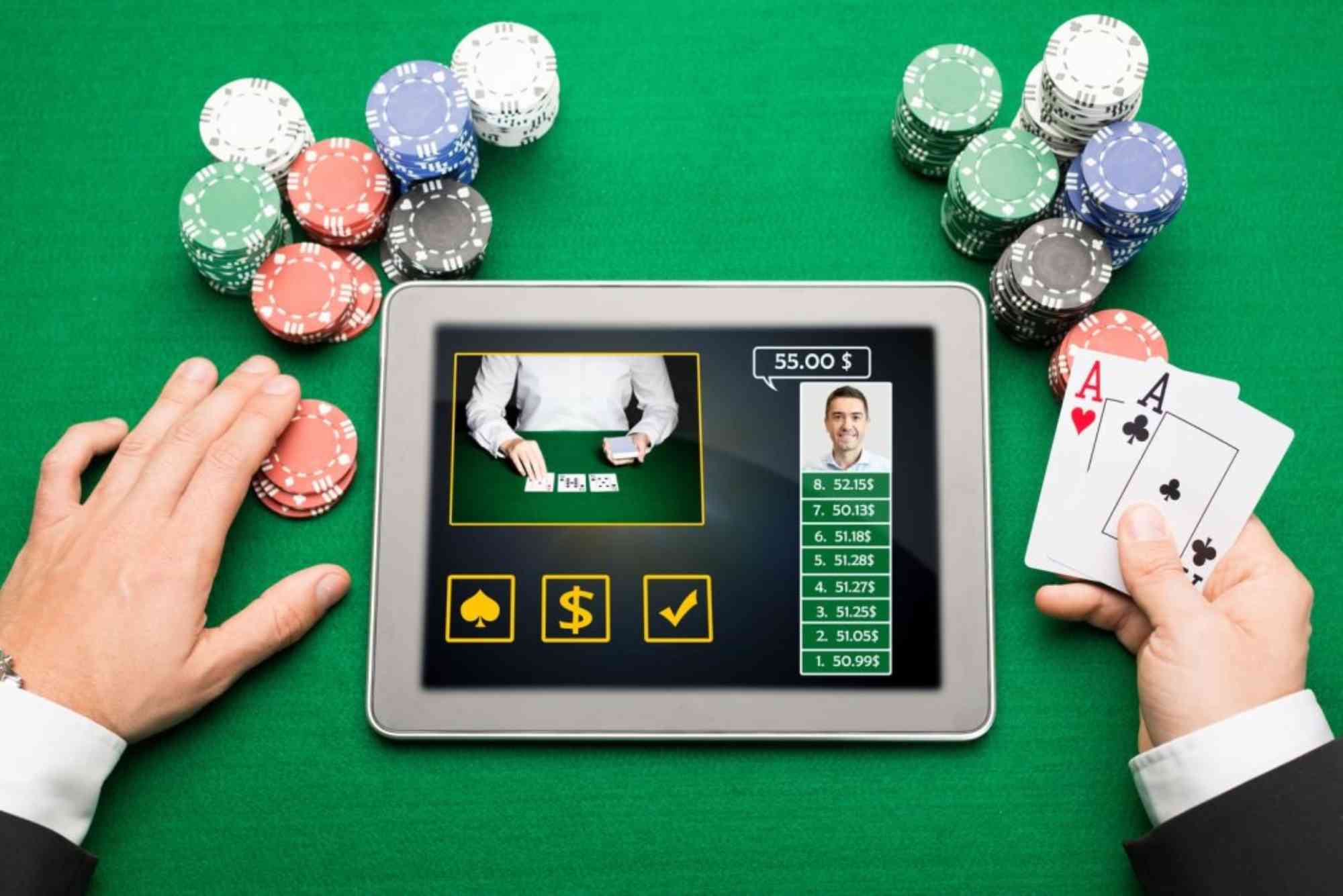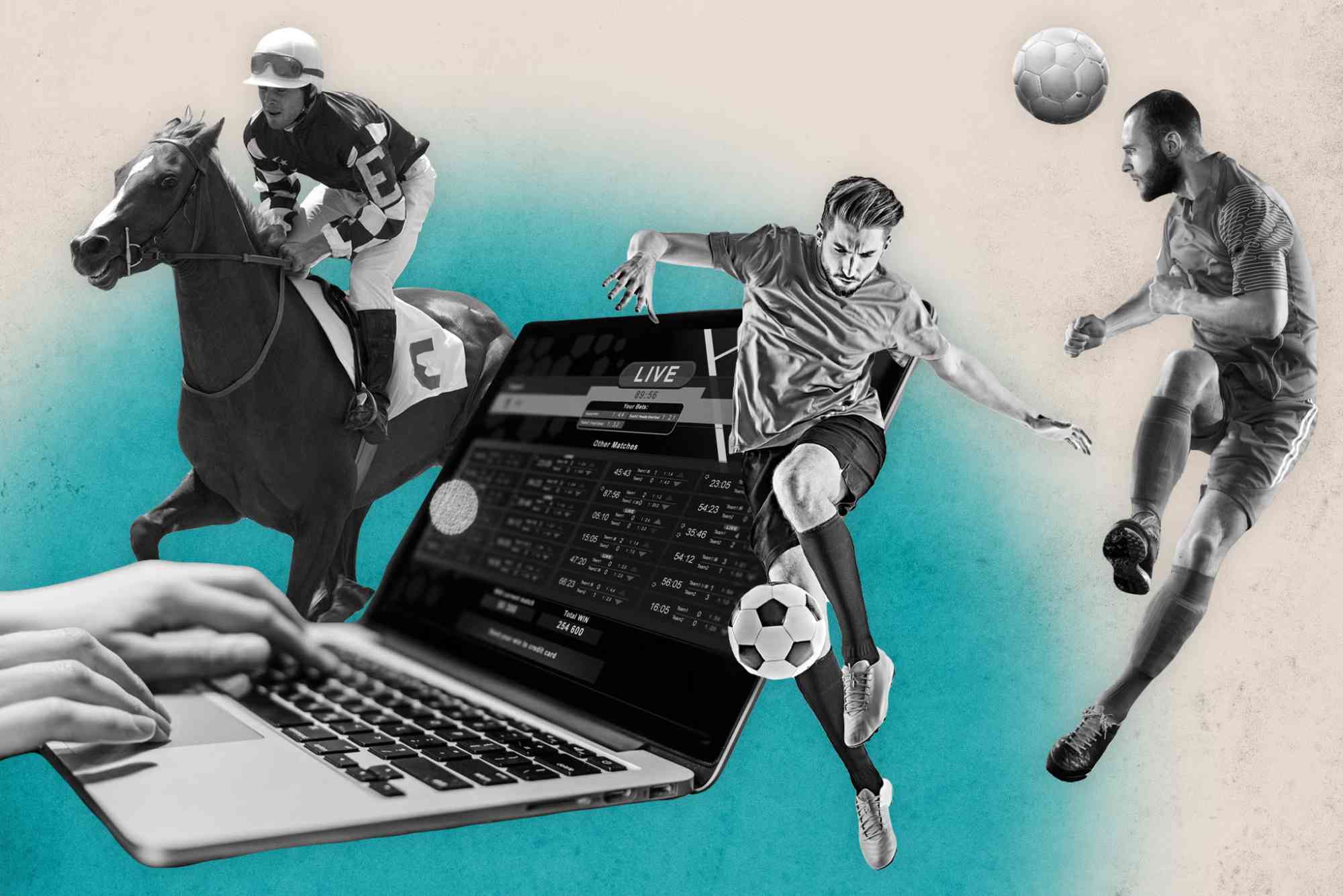Developing a Strong Foundation in Poker Basics
Before diving into real-money games, it’s crucial to master the fundamentals of poker. Understanding hand rankings, pot odds, and basic betting structures forms the bedrock of your skill set. Spend time practicing through free-play modes or low-stakes tables to get comfortable with the flow of the game. Early on, focus on:
Hand Selection: Play tight in the beginning—stick to premium hands like high pairs, strong suited connectors, and big aces.
Position Awareness: Realize that acting last in a betting round provides valuable information on opponents’ actions. Being “on the button” is a significant advantage.
Bet Sizing: Learn to size bets appropriately to manage the pot and pressure opponents correctly without overcommitting your stack.
Repetition is your friend at this stage. By reinforcing these basics, you’ll avoid common leaks that can quickly deplete your bankroll when you transition to real-money tables.
Choosing the Right Games and Platforms
Selecting suitable tables and environments is as important as honing technical skills. Look for low- to mid-stakes games to practice strategies without risking too much capital. Equally, choosing reputable sites ensures fair play and secure transactions. Many players in the UK explore options at credit card casinos uk, where convenient deposit methods and diverse game selections allow you to focus on improving your play rather than worrying about payment issues.
Start with cash games or micro-stakes tournaments—these formats often feature less experienced opponents, providing a safer learning ground. Observe table dynamics, identify players’ tendencies, and adapt accordingly. Keep an eye on software features like hand history reviews and built-in statistics trackers, which can greatly accelerate your learning curve.
Leveraging Study Tools and Resources
Improvement requires continuous learning. Top players invest heavily in educational tools: video tutorials, strategy blogs, and forums where hand histories are dissected. Software such as solvers and equity calculators can teach you GTO (Game Theory Optimal) concepts and improve your decision-making in complicated spots. By analyzing your own hands post-session, you’ll uncover recurring mistakes: perhaps you’re calling too often on the river, or folding strong hands out of position.
Reading recommended books—like Dan Harrington’s Harrington on Hold’em series or Jonathan Little’s Excelling at No-Limit Hold’em—provides structured guidance. Participate in online coaching sessions or peer study groups if you can; discussing hands with fellow enthusiasts often reveals blind spots you wouldn’t catch alone.
Practicing Bankroll Management and Discipline
Even the best strategies fail if your bankroll isn’t managed wisely. Discipline separates recreational players from professionals. As a rule of thumb:
Cash Games: Maintain at least 20–30 buy-ins for the stake you’re playing.
Tournaments: Keep 50–100 buy-ins available for the tournaments you favor.
Session Limits: Decide on a maximum loss per session (e.g., 5% of your total bankroll) and stick to it.
Eradicating tilt—playing emotionally after a bad beat—is equally vital. Implement cooling-off periods and relaxation techniques to reset your mindset. Journaling your sessions can also help you detect tilt triggers and craft strategies to avoid them in the future.
Enhancing Table Awareness and Psychology
Poker is as much a mental game as it is a mathematical one. Observing opponents’ behavior—bet timing, speech patterns in live games, or reaction to wins and losses—yields insights you can exploit. Cultivate a calm, inscrutable table image to prevent others from reading you. When playing online, use avatars and chat sparingly, but focus on betting patterns and statistical tendencies.
Real-world example: During an online mid-stakes tournament, I noticed a regular opponent consistently bet small on weak flops and large on strong ones. By adjusting my calls and raises based on this pattern, I improved my win rate by nearly 15% over 200 hands.
Embracing a Growth Mindset
Improvement in poker isn’t linear. Embrace setbacks as learning opportunities. After every losing session, review critical hands without self-judgment. Ask, “Did I misread my opponent? Did I ignore pot odds?” Approach the game as a skill to be honed, not a gamble to be chased. Celebrate small victories—correctly folding a marginal hand under pressure or executing a perfectly timed bluff. Over time, these incremental gains compound into significant edge over the field.
Using Software and Technology Wisely
In online poker, the right tools can provide an edge. HUDs (Heads-Up Displays) show opponents’ stats in real time, highlighting tendencies such as fold-to-3bet percentage or aggression frequency. Hand tracking software records every dealt hand, enabling deep post-session analysis. While some sites restrict HUD usage, plenty allow these tools, and you should learn to interpret the data they provide.
Balance data with intuition. Over-relying on stats can blind you to table dynamics. If your HUD indicates an opponent bluffs 40% of the time on the flop, but you’ve seen them tighten up under certain conditions, adjust accordingly. Skillful players blend cold, hard numbers with live reads.
Adapting Strategies Across Formats
Whether you’re playing No-Limit Hold’em, Pot-Limit Omaha, or short-handed tables, strategies differ significantly. For instance, in PLO, hand equities run closer together, making post-flop play more complex. Practicing across formats broadens your skill set and enhances overall poker IQ. Start with one variant, master its nuances, then gradually expand.
My personal journey included venturing from six-max No-Limit Hold’em into Omaha Hi-Lo. The shift forced me to rethink hand selection and pot control. Though my win rate dipped initially, I gained a deeper understanding of pot equity and drawing strategies, which looped back to improve my Hold’em play.
Playing Live vs. Online: Adjusting Your Approach
Live poker and online poker demand different skill sets. Online, you rely heavily on statistical reads and bet-size tells. Live play engages physical tells—body language, eye contact, chip handling. Live games also have slower pace and larger blinds relative to stacks. Practice both environments if possible.
During my first live casino visit, I realized how different the dynamics were. Timing tells—how long a player paused before betting—became a new data point. Players also underbluffed compared to online norms, so I adapted by tightening my bluff frequency. That live experience honed my observational skills, which I later applied back online for a rounded approach.
Continuously Challenging Yourself
To sustain improvement, set periodic goals: learn a new concept each week, such as three-bet bluffing or river equity realization. Review your progress monthly, noting changes in win rate or ROI. Entering higher stakes or more competitive tournaments only when your stats justify it ensures continual growth without undue risk.
Joining leaderboards, grinding weekly freerolls, or competing in small local live tournaments keeps you motivated and accountable. Each new challenge tests and refines your skills.
Conclusion
Improving your poker skills for real-money games is a marathon, not a sprint. By building a solid foundation, choosing the right games, leveraging educational resources, and managing your bankroll with discipline, you’ll steadily climb the learning curve. Embrace both data-driven tools and psychological insights, adapt across formats, and maintain a growth mindset. With patience and persistence, your game will evolve from tentative beginner to confident grinder—ready to compete for real stakes and real rewards.




